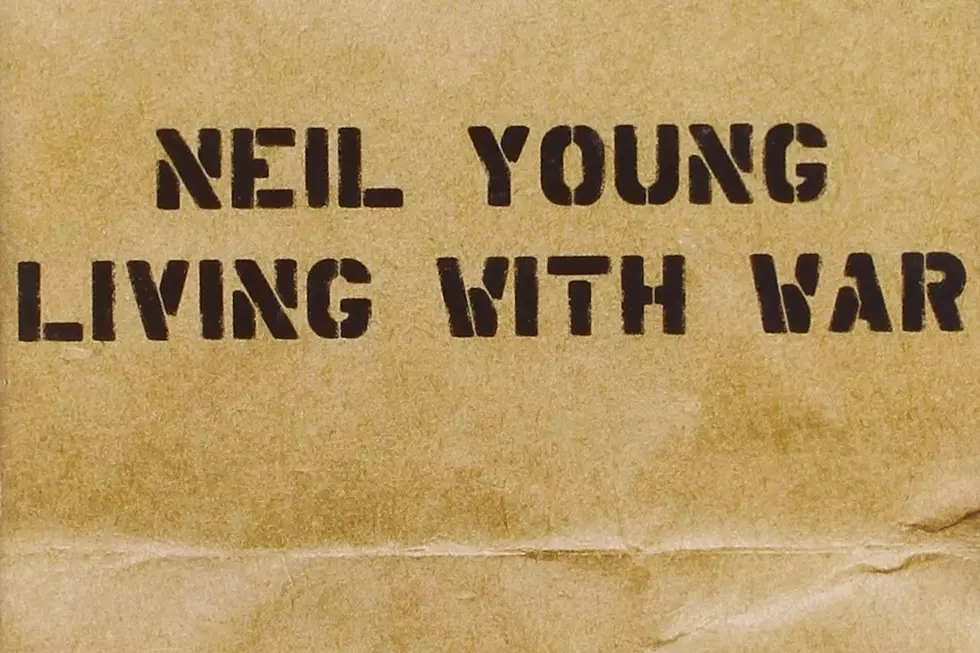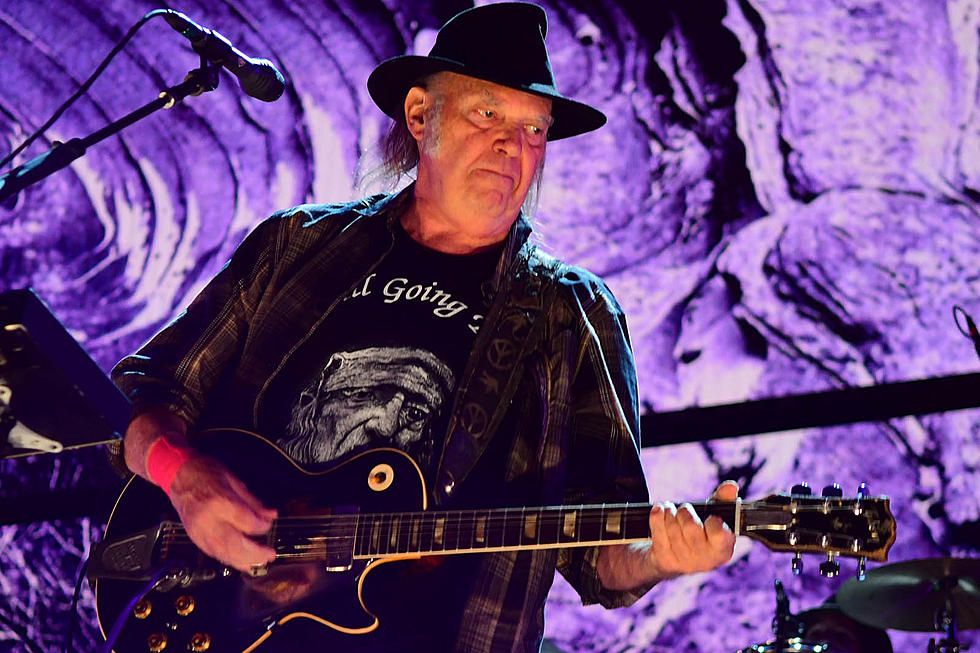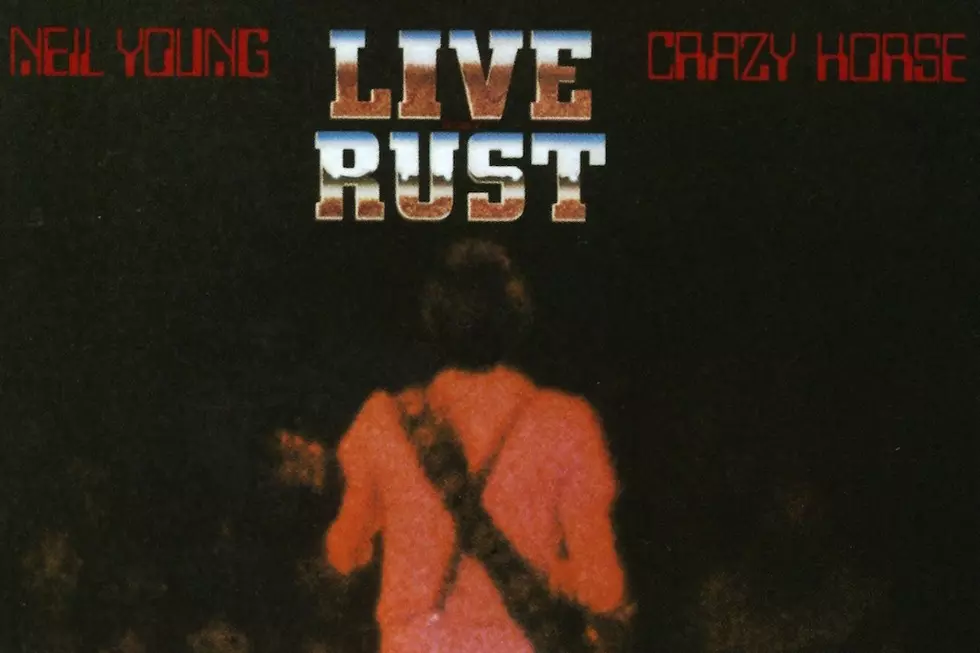
When Neil Young Rushed Out the Politically Charged ‘Living With War’
On Living With War, Neil Young recaptured the eruptive sound of classic albums like Rust Never Sleeps and the first-take fury of "Ohio." Released on May 2, 2006, the album took politicians and warmongers to task with nine songs that were basically written and recorded over a three-week period earlier that year.
Young, only half-joking, called it a "metal folk protest" album, though he was careful to stress – despite including the controversial "Let's Impeach the President" – that Living With War wasn't solely aimed at the George W. Bush administration. "I know not everyone believes what I say is what they think but ... you know, red and blue is not black and white," he told CNN back then. "We're all together. It's a record about unification." But, he added, in a separate interview with The New York Times, "if you impeach Bush, you're doing a huge favor for the Republicans. They can run again with some pride."
For all of its embedded ideology, Young often returned to inclusive themes. The album, for instance, references both "The Star-Spangled Banner" and "America the Beautiful." He focused not just on protesting the Iraq War, but on its costs to soldiers and their families. He called on everyone to find the leadership within to foster change. "These are all ideas we've heard before," Young told The Times. "There's nothing new in there. I just connected the dots."
Like "Ohio," Living With War was notable not just for its topicality but its velocity. When four student protesters were killed at Kent State University in 1970, Young rushed out his protest song (recorded with his Crosby, Stills, Nash & Young bandmates) in a matter of weeks – sending early acetate recordings to radio stations before the single could even be pressed. In a new age, Living With War was promptly available for streaming in its entirety.
Listen to Neil Young's 'Living With War'
Years later, its immediacy tends to date parts of the album, which was mostly recorded in first takes just after Young taught his band – featuring the late bassist Rick Rosas, drummer Chad Cromwell, trumpet player Tommy Bray and a patched-on 100-voice choir -- how the songs went.
He mentions buzzword, period-specific phrases like "shock and awe" and "mission accomplished," name-drops figures from headlines and even includes sound clips featuring Bush's voice.
At the time, the album caused quite a stir. Inevitable backlash from the president's supporters followed, even if Young insisted that he tried to balance his criticisms across a wider spectrum. Either way, he said this kind of frank discourse was needed during a time of pitched debate over the direction of the country.
"I feel like I'm exercising my right of free speech, which is what our boys are fighting for the Iraqi people to have," Young told CNN back then. "That's what is great about this country and about all free countries: freedom of speech and the ability to express yourself. That makes us different from everybody else."
Neil Young Albums Ranked
More From Ultimate Classic Rock









